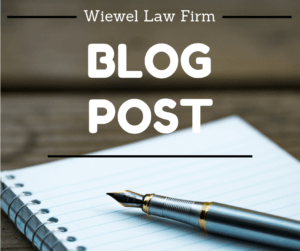
Benefit from a Roth IRA and Social Security
When originally created, Social Security was designed to prevent the elderly and infirm from sinking into dire poverty. When most working Americans enjoyed a pension from their employer, Social Security was an additional source of income and made for a comfortable retirement. However, with an average monthly benefit just over $1,500 and few pensions, today’s Social Security is not enough money for most Americans to maintain a middle-class standard of living, says the article “3 Reasons a Roth IRA Is a Perfect Supplement to Social Security” from Tuscon.com. It’s important to plan for additional income streams and one to consider is the Roth IRA. So how do you benefit from a Roth IRA and Social Security?
Roth IRAs can be funded at any age. Many seniors today are continuing to work to generate income or to continue a fulfilling life. Their earnings can be put into a Roth IRA, regardless of age. If you are still working but don’t need the paycheck, that’s a perfect way to fund the Roth IRA.
Withdrawals from a Roth won’t trigger taxes on Social Security benefits. If your only income is Social Security, you probably won’t have to worry about federal taxes. However, if you are working while you are collecting benefits, once your earnings reach a certain level, those benefits will be taxed.
To calculate taxes on Social Security benefits, you’ll need to determine your provisional income, which is the non-Social Security income plus half of your early benefit. If you earn between $25,000 and $44,000 as a single tax filer or between $32,000 and $44,000 as a married couple, you could be taxed as much as 50% of your Social Security benefits. If your single income goes past $34,000 and married income goes past $44,000, you could be taxed on up to 85% of your benefits.
If you put money into a Roth IRA, withdrawals don’t count towards your provisional income. That could leave you with more money from Social Security.
A Roth IRA is flexible. The Roth IRA is the only tax-advantaged retirement savings plan that does not impose Required Minimum Distributions or RMDs. That’s because you’ve already paid taxes when funds went into the account. However, the flexibility is worth it. You can leave the money in the account for as long as you want, so savings continue to grow tax-free. You can also leave money to your heirs.
While you don’t have to put your savings into a Roth IRA, doing so throughout your career—or starting at any age—will allow you to benefit from a Roth IRA and Social Security throughout retirement.
If you would like to learn more about Social Security and retirement accounts, please visit our previous posts.
Reference: Tuscon.com (Oct. 5, 2020) “3 Reasons a Roth IRA Is a Perfect Supplement to Social Security”



